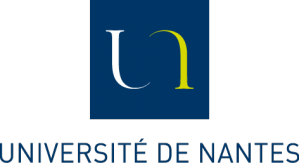Formation of Human Thymus Organoids in Three-Dimensional Fibrin Hydrogels
Résumé
Generation of a functional and self-tolerant T cell repertoire is a complex process dependent on the thymic microenvironment and, primarily, on the properties of its extracellular matrix (ECM). Thymic epithelial cells (TECs) are crucial in thymopoiesis, nurturing and selecting developing T cells by filtering self-reactive clones. TECs have been empirically demonstrated to be particularly sensitive to physical and chemical clues supplied by the ECM and classical monolayer cell culture leads to a quick loss of functionality until their death. Because of this delicate maintenance combined with relative rarity, and despite the high stakes in modeling thymus biology in vitro, models able to faithfully mimic the TEC niche at scale and over time are still lacking. Here, we describe the formation of a multicellular human thymic organoid model, in which the TEC compartment is derived from human induced pluripotent stem cells (iPSC) and reaggregated with primary early thymocyte progenitors in a three-dimensional (3D) fibrin-based hydrogel. This model answers current needs for a scalable culture system that reproduces the thymic microenvironment ex vivo and demonstrates functionality, i.e., the ability to produce T cells and to support thymus organoid growth over several weeks. Thus, we propose a practical in vitro model of thymus functionality through iPSC-derived organoids that would benefit research on TEC biology and T cell generation ex vivo.
Domaines
Sciences du Vivant [q-bio]
Fichier principal
 jove-protocol-66795-formation-of-human-thymus-organoids-in-threedimensional-fibrin-hydrogels.pdf (1.71 Mo)
Télécharger le fichier
jove-protocol-66795-formation-of-human-thymus-organoids-in-threedimensional-fibrin-hydrogels.pdf (1.71 Mo)
Télécharger le fichier
| Origine | Publication financée par une institution |
|---|---|
| licence |




